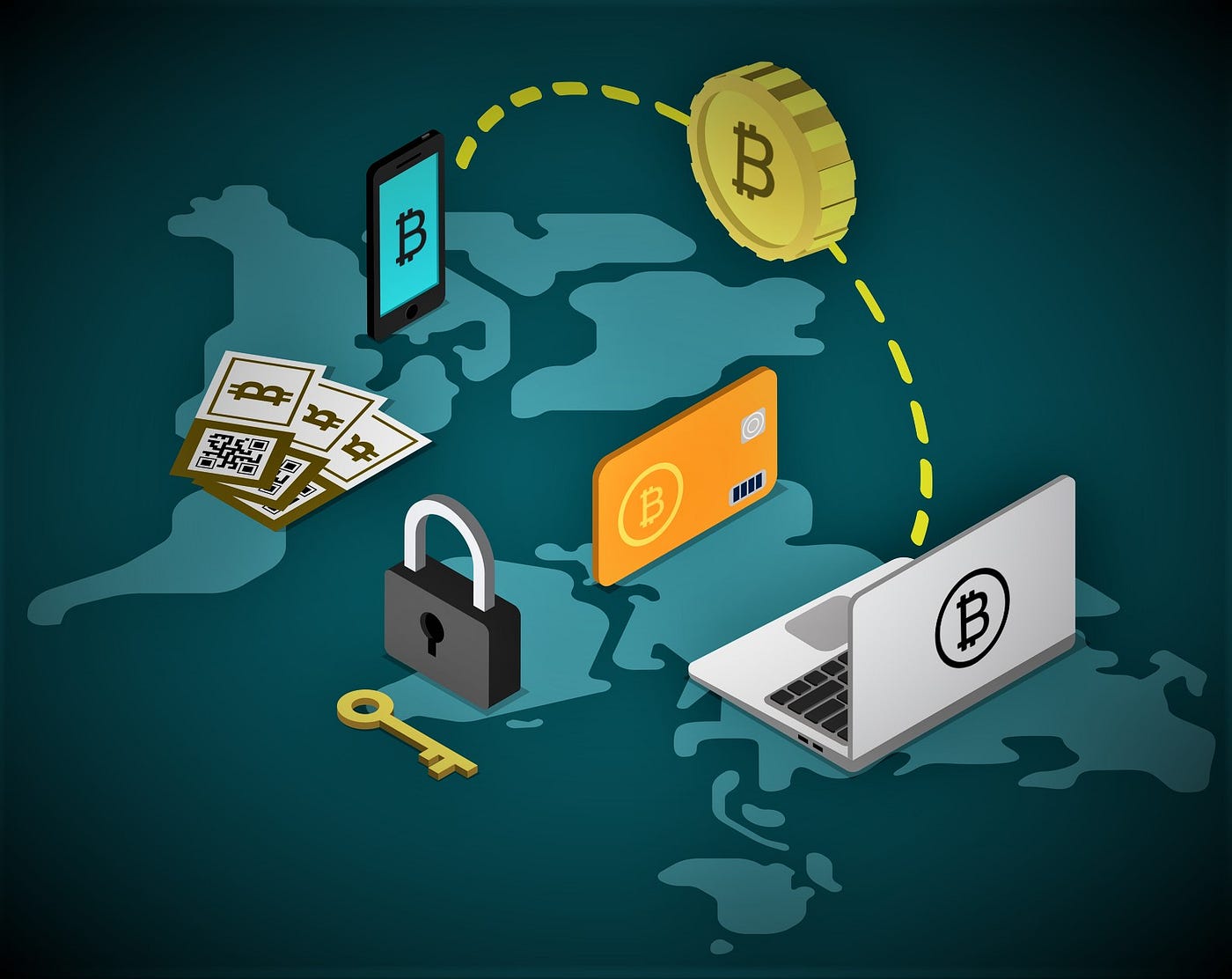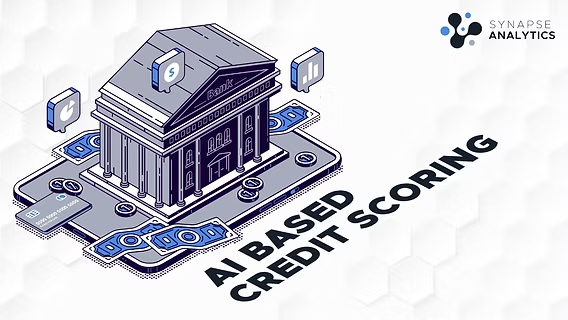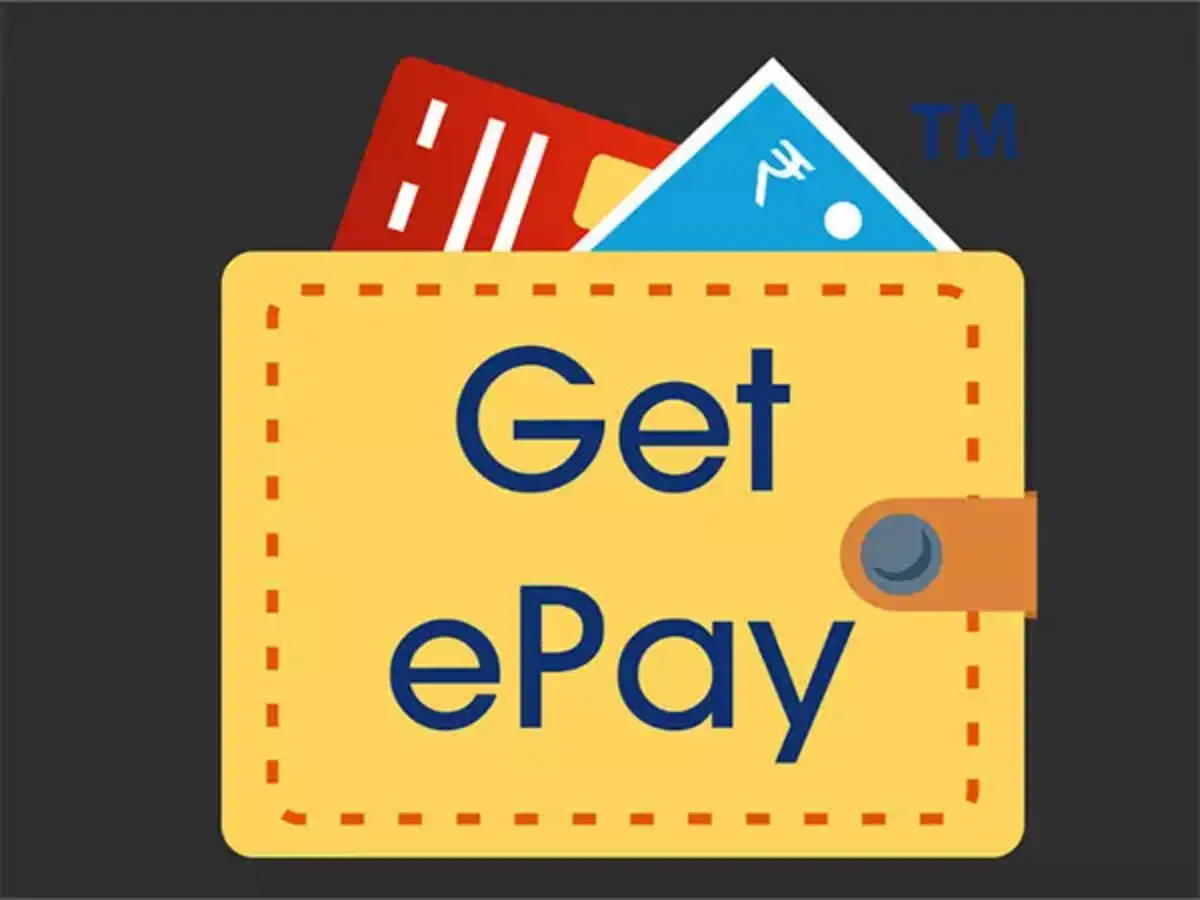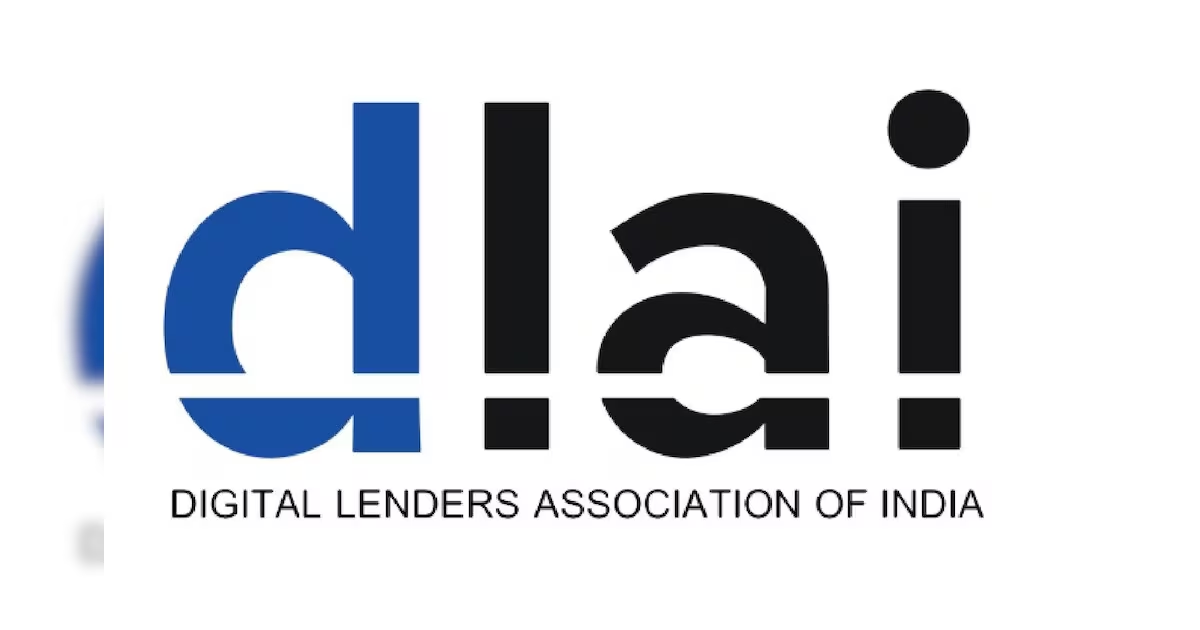Global Expansion Strategies for FinTechs in Emerging Markets: A Playbook for Leaders
2nd August 2025
 The Role of Cryptocurrencies in Cross-Border Payments
The Role of Cryptocurrencies in Cross-Border Payments
 The Rise of Contactless Payments: Benefits and Security Concerns
The Rise of Contactless Payments: Benefits and Security Concerns
 QR Codes and the Cashless Leap: Transforming India's Financial DNA
QR Codes and the Cashless Leap: Transforming India's Financial DNA
 How AI is Transforming the Credit Scoring System
How AI is Transforming the Credit Scoring System
 The Evolution of Fintech Regulation: What’s Next?
The Evolution of Fintech Regulation: What’s Next?
 How Open Banking is Shaping Financial Services Globally
How Open Banking is Shaping Financial Services Globally
 The Impact of 5G on Fintech Services
The Impact of 5G on Fintech Services
 What the Future Holds for Digital-Only Banks: Navigating the Next Era of Banking
What the Future Holds for Digital-Only Banks: Navigating the Next Era of Banking
 Top Fintech Innovations Shaping 2025: The Future of Finance
Top Fintech Innovations Shaping 2025: The Future of Finance
 Biometric Payments: The Next Big Trend in Secure Transactions
Biometric Payments: The Next Big Trend in Secure Transactions
.jpg) The Future of Payments: Trends Reshaping Transactions in 2025
The Future of Payments: Trends Reshaping Transactions in 2025
 Flipkart Gets a Lending Licence: A Bold Leap into Embedded Finance
Flipkart Gets a Lending Licence: A Bold Leap into Embedded Finance


22 March 2025
4 min read
204
The digital banking revolution has transformed the financial services landscape, offering consumers greater convenience, lower fees, and seamless experiences. With the growing adoption of mobile-first solutions, digital-only banks—often known as neobanks—have risen to prominence. These banks, which operate exclusively online, have disrupted traditional banking models by focusing on technology-driven solutions. But what does the future hold for digital-only banks in 2025 and beyond?
Digital-only banks have already made significant strides in the global financial ecosystem. They are primarily attractive to younger generations who prefer mobile-first experiences, and to individuals seeking cost-effective alternatives to traditional banking. These banks have capitalized on the limitations of legacy banking infrastructure by offering features such as no physical branches, low or no fees, faster onboarding, and intuitive mobile applications.
Banks like Chime, Monzo, and Revolut have built successful business models around providing digital-first services such as savings accounts, personal loans, payments, and even cryptocurrency trading. As the global fintech space matures, digital-only banks have increasingly become independent players, expanding into new product offerings and targeting underserved markets.
Several factors will continue to shape the growth of digital-only banks:
1. Shift Toward Digital-First Banking
Consumer demand for digital-first, mobile-friendly banking solutions continues to grow, especially as Gen Z and millennial consumers become the predominant banking demographic. According to a KPMG report, nearly 80% of consumers now prefer managing their finances through mobile apps.
This shift indicates that digital-only banks are primed to thrive, leveraging mobile-first models to cater to this growing demographic. The ease of access, lower overhead costs, and user-centric design give neobanks a competitive edge over traditional banks.
2. Embedded Financial Services
As embedded finance grows, neobanks will play a major role. Consumers will be able to access financial services within their everyday digital experiences, like e-commerce sites and mobile applications. The embedded finance market is expected to reach $7.2 trillion by 2030, indicating significant opportunities for digital-only banks to expand their reach.
With more companies looking to integrate financial services into their platforms, digital-only banks can further extend their offerings beyond traditional banking products like savings accounts and loans.
3. Artificial Intelligence (AI) and Automation
AI and machine learning technologies are transforming how digital-only banks engage with customers. AI can power personalized recommendations, offer smarter financial products, and automate customer service interactions.
Digital banks that integrate AI and automation are setting new benchmarks in customer satisfaction, fraud prevention, and operational efficiency. As these technologies evolve, they will further streamline banking processes, making them faster and more secure.
4. Financial Inclusion and Accessibility
Neobanks play a significant role in enhancing financial inclusion by offering banking services to unbanked or underserved populations. According to the World Bank, there are still over 1.7 billion unbanked adults globally, creating a huge opportunity for digital-only banks to expand their reach.
While the future is promising for digital-only banks, several challenges remain:
1. Profitability Concerns
Although digital-only banks are growing rapidly, many still face challenges in achieving profitability. They often rely on user growth and low fees rather than traditional profit models, which makes sustainable revenue generation difficult.
2. Cybersecurity Risks
With the increasing reliance on digital platforms, the risk of cyberattacks grows. Digital-only banks must invest heavily in cybersecurity to protect customer data and financial assets. The BFSI Economic Times emphasizes that robust cybersecurity measures will be a key factor in customer trust and long-term success.
The future of digital-only banks is bright, but to continue thriving, they must navigate regulatory hurdles, cybersecurity threats, and competition from both traditional financial institutions and tech giants. With a growing reliance on AI, embedded finance, and a focus on financial inclusion, neobanks will continue to drive innovation in the global banking landscape.
Digital-only banks will likely diversify their services, expand globally, and create new revenue streams. With increased consumer demand for mobile-first solutions and enhanced personalization, digital-only banks are poised to remain at the forefront of the banking revolution.
For the latest insights and news on the future of digital-only banks, stay tuned to the Fintech Community Website where we discuss the future of banking technology, trends, and best practices.
Read Next
 Blog
Blog
 News
News
 News
News
 News
News
.jpg) Article
Article
Live Polls
Live Discussion
Topic Suggestion
Whom Do You Wish To Hear
Sector Updates
Leave your opinion / comment here